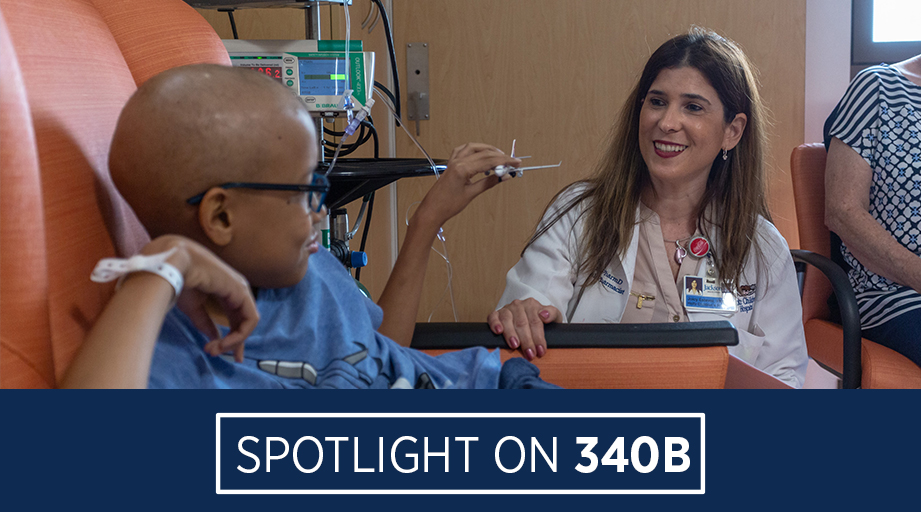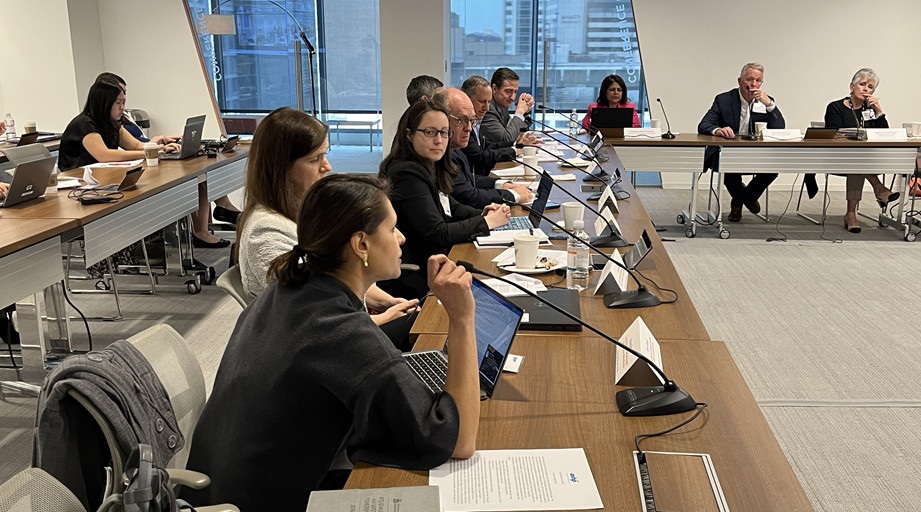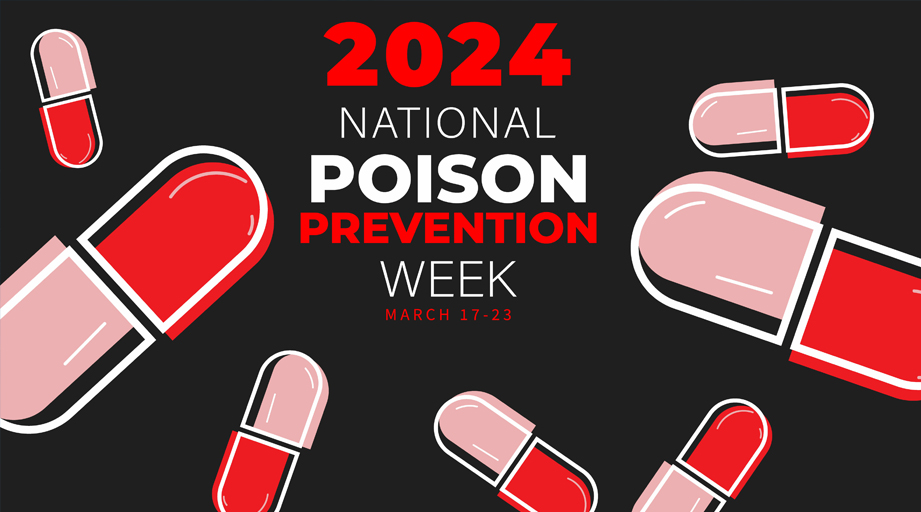
ICU Pharmacist Describes Challenges in COVID-19 Care
After several weeks of providing care to one of its first COVID-19 patients, the medical intensive care unit (ICU) staff at Rush University Medical Center in Chicago had a reason to celebrate last Friday.
 The patient “is actually leaving the ICU today, alive — which is a miracle, considering all the complications that occurred,” said Drayton Hammond, clinical pharmacy specialist in medical and cardiac intensive care.
The patient “is actually leaving the ICU today, alive — which is a miracle, considering all the complications that occurred,” said Drayton Hammond, clinical pharmacy specialist in medical and cardiac intensive care.
Hammond said that during the patient’s long ICU stay, he had serious respiratory problems and infections, and he struggled to reach milestones such as tapering from vasopressor treatment and breathing without a ventilator.
“The entire team — pharmacy, nursing, physicians, respiratory therapy, everybody — was very happy and excited” about this patient’s success, he said. “Because ... we were certain he was going to die three or four different times.”
The Chicago area is one of the nation’s hardest-hit COVID-19 epicenters, with more than 24,000 reported cases and over 1,000 deaths.
Under normal circumstances, Hammond said, Rush University Medical Center’s 28-bed medical ICU cares for patients who are exceptionally ill from various causes. He estimated that about 25–40% of “pre-COVID” patients in the unit were intubated and on ventilators.
Now, he said, the medical ICU cares exclusively for the “sickest of the sick” COVID-19 patients, about 80–90% of whom require mechanical ventilation. The hospital has also created three new ICUs for COVID-19 patients who are less acutely ill.
Caring for hospitalized COVID-19 patients is resource intensive and requires substantial hands-on attention from everyone on the healthcare team.
“Everybody is working and doing things that they normally haven’t had to do, because the patients are more complicated, and we don’t have all the medications that we need to provide care for them,” Hammond said. “So we’re having to get very creative and provide lots of education at the bedside, developing policies and procedures, protocols, to try and be as safe as we can be.”
He emphasized that pharmacists remain critical responders during emergencies.
“If there is a code situation, I am still in the room and garbed up in my PPE, making sure we give the right medications, giving chest compressions. Figuring out what we’re going to do for these patients. Working with the team in the room at the bedside,” he said.
Hammond said pharmacists’ hands-on COVID-19 work often begins with identifying appropriate medications and dosages to control pain and agitation during intubation procedures. But the process is complicated by drug shortages and the patients’ medical complexity.
“Normally, we might have someone on two or three agents to help facilitate intubation. Now, we’re using three, four, five different agents to manage their pain and agitation, just because their needs are so extensive,” Hammond said.
He said pharmacists work closely with their nurse and physician colleagues to recommend medications, manage sedation targets, and safely adjust dosages on the basis of individual patient responses and laboratory test results.
“These are the things that we’re doing every single day to get to the right decisions ... with the supportive therapy,” Hammond said.
Basic tasks like providing pain relief are affected by drug shortages and the need to factor in comorbid conditions that commonly affect hospitalized COVID-19 patients.
Hammond said that in the early days of the pandemic, people with conditions that increase the risk of poor COVID-19 outcomes seemed to be staying home to avoid exposure to the virus.
“You can only do that for so long,” Hammond said. Now, he said, patients who were already ill with chronic conditions are becoming infected with SARS-CoV-2, the virus that causes COVID-19, and seeking medical care.
“Now we have to do more dosage adjustments, because people may have kidney dysfunction, liver dysfunction, at baseline before the come into the hospital,” Hammond said. He noted that COVID-19 itself causes some degree of kidney and liver dysfunction in nearly all of the ICU’s patients.
“So we’re having to be really careful with drug selection,” he said. “But we only have so many drugs available.”
Hammond said fentanyl, which is in short supply, is considered the safest and most effective of the three main opioids used in the care of COVID-19 patients. Patients who have the lowest risk of complications from morphine or hydromorphone treatment may receive those drugs, at carefully determined dosages, instead of fentanyl.
“But we cannot fully mitigate that risk. So it’s a balancing act on a daily basis,” Hammond said.
Hammond said the hospital limits staff entry into the rooms of COVID-19 patients to minimize the risk of infection and preserve personal protective equipment (PPE). In his case, that means not routinely entering patients’ rooms during daily rounds and, when possible, managing drug therapy and dosage titrations from outside the room.
Dosage adjustments need to take into account the increased length of tubing when infusion pumps are moved away from the bedside.
“You can’t titrate the medications every 30 to 60 seconds, because you’re not going to see any effect from that dosage change” in that time, he explained.
Hammond said pharmacists also help nurses safely switch patients to different medication infusions and dosages when the current therapy changes or is no longer available.
These routine tasks are interspersed with the need to drop everything to respond to all-hands-on-deck emergencies.
The same day the ICU team was celebrating the discharge of the long-term COVID-19 patient, another patient in the unit suddenly went into respiratory arrest. Hammond said he and his colleagues, who were rounding at the time, “had to run to the bedside and provide supportive care for about 20 minutes to get this patient to survive.”
Hammond said his job these days is “pretty exhausting,” but he’s buoyed by interactions with his pharmacy colleagues at the hospital and elsewhere.
“I definitely do not feel like I’m alone,” he said.
For more information and free tools regarding the pandemic, including a recently released Assessment of Evidence for COVID-19-Related Treatments, visit ASHP’s COVID-19 Resource Center and the new COVID-19 Community at ASHP Connect.







